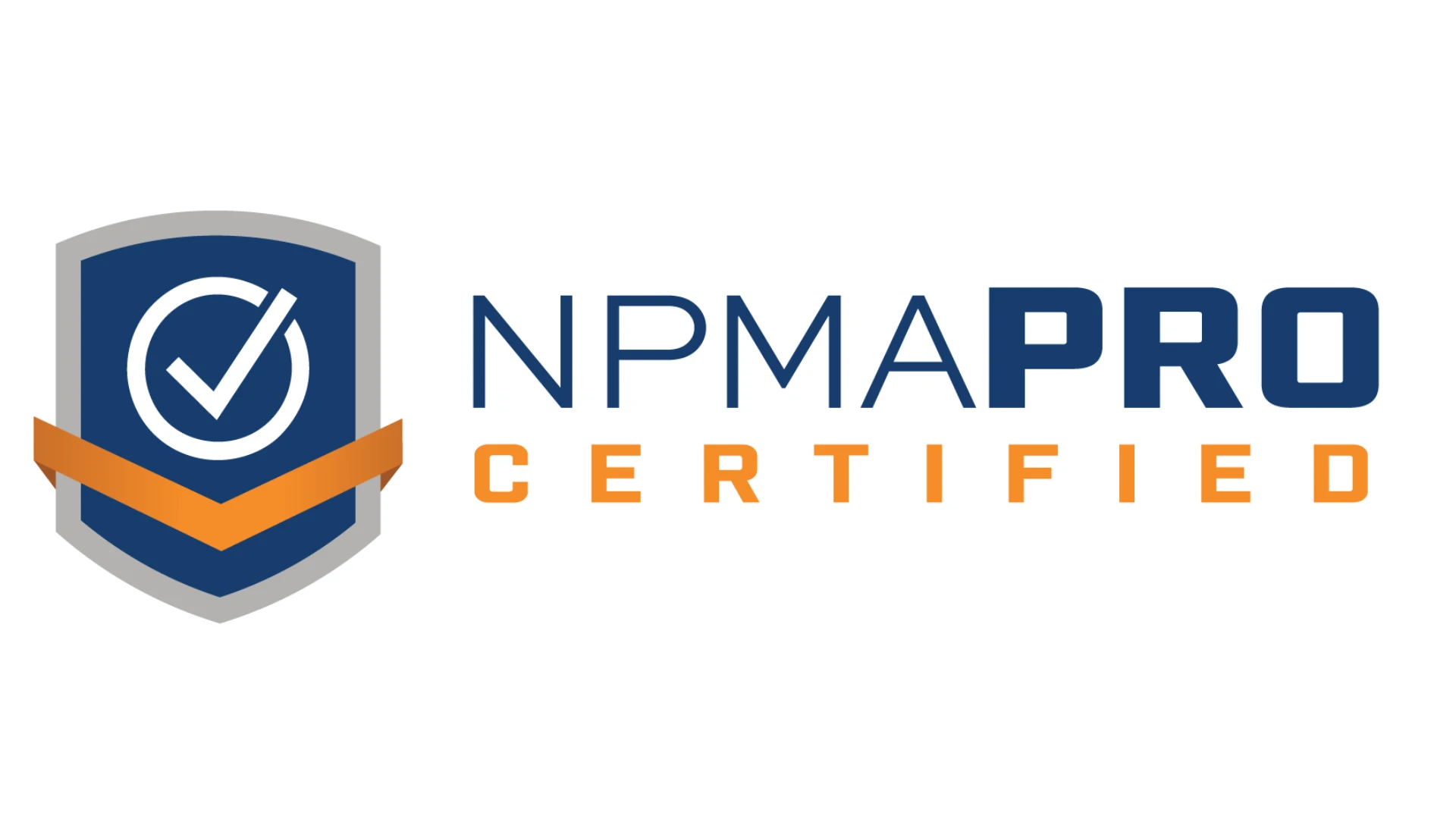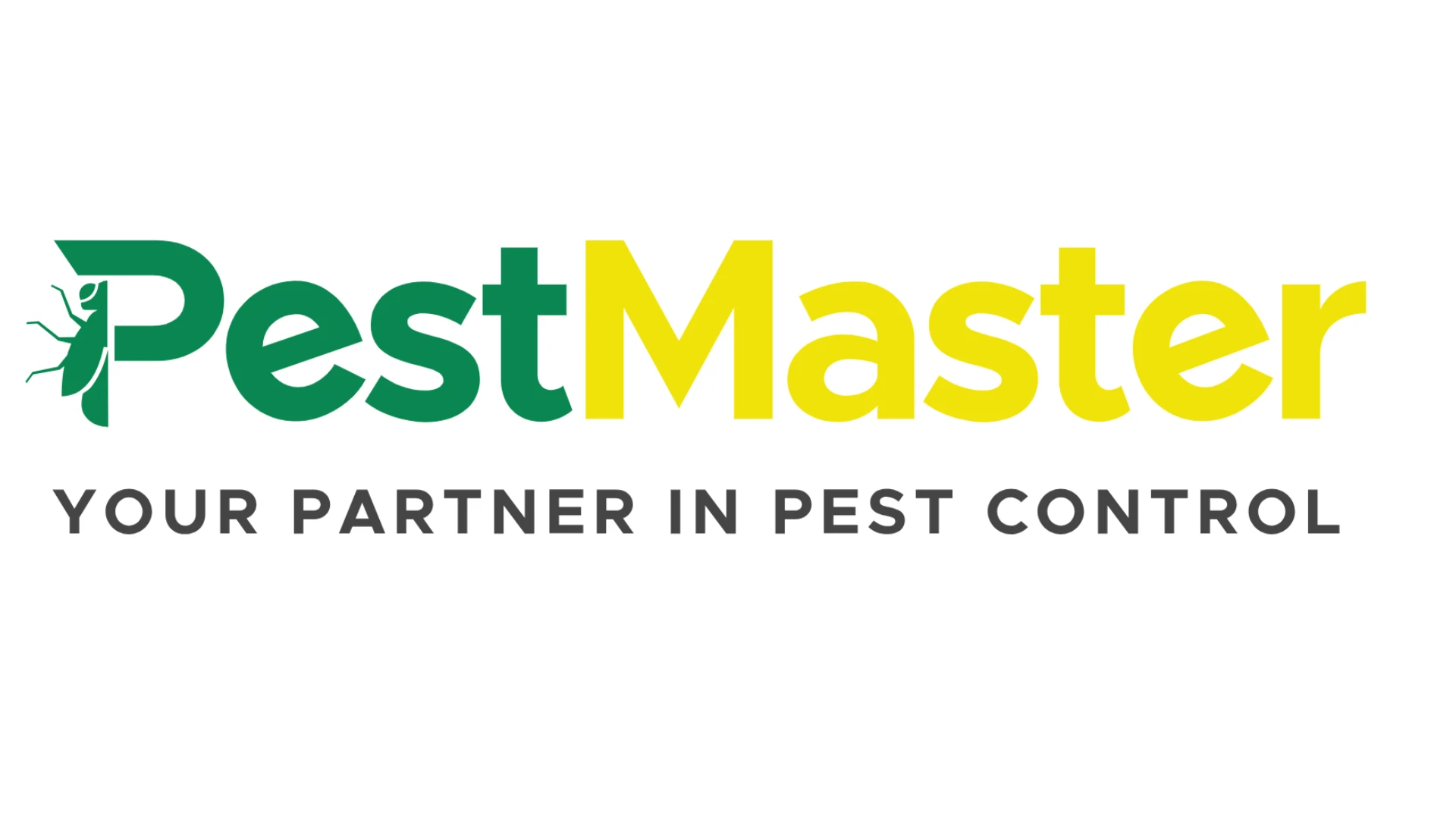Editor’s note: The following is a new quarterly column by Jessica Phelan, interim executive director, Professional Pest Management Alliance. Learn more about PPMA at www.npmapestworld.org/ppma.
Integrated Pest Management, commonly referred to as IPM and once perceived to be a passing trend, has demonstrated true “staying power” within the pest management industry. IPM, as defined by the National Pest Management Association (NPMA), involves common sense and sound solutions for treating and controlling pests. The focus is upon finding the best treatment for a pest problem — not merely the simplest. Further, there is never a “one size fits all” method in IPM, but rather, the utilization of a three-part practice: 1) inspection, 2) identification and 3) treatment.
Integrated Pest Management has been gaining in popularity in recent years. Already prevalent in schools and commercial facilities, it is now being asked for by name from residential customers. The main take-away message is that customers are increasingly concerned about the services and products being used in their homes and businesses, and they are more involved than ever in treatment decisions. This is wonderful news because it allows us to fully connect with our customers, further ensuring a long-term partnership.
As this issue continues to find traction among the general public, there is plenty of room for developing customer awareness. In fact, a 2007 national survey conducted by a third-party source on behalf of NPMA found that 67 percent of all homeowner respondents had little to no knowledge of IPM. This lack of understanding is a prime opportunity for companies to market IPM to their customers as a sound solution while also communicating the health and property threats posed by pests.
So, where do you start? Luckily, there are tools available for you to use in your customer interactions, as well as other ways to effectively promote IPM within your organization:
WWW.WHATISIPM.ORG. This Web site was created by PPMA as an educational resource that offers the general public timely information on IPM. The site features a virtual home tour, which gives users a “hands-on” opportunity to learn how pests enter a home and how IPM techniques can help prevent infestations. The site also has information on IPM in schools and commercial facilities, as well as current news discussing IPM.
Use this as a how-to guide when educating customers and even new employees about IPM. You can offer the site as a link on your company Web site and send customers there if they have any IPM questions. Technicians and sales reps can even take this method out on the road, using a laptop and a wireless USB stick to navigate the site live, offering a tutorial for the customer.
'WHAT IS IPM?' TRAINING VIDEO. This brand-new educational consumer DVD about IPM teaches viewers about how they can partner with pest professionals to better pest-proof their homes and ultimately, prevent infestations before they begin. A descendant of the whatisIPM.org Web site, the video integrates the animation of the virtual home tour with live action to help bring the principles of IPM to life.
The DVD can be used as training/new employee orientation material and also can be distributed to customers interested in incorporating IPM into their own homes and properties. It is also a nice give-away for customers, keeping your company top-of-mind for their pest control needs. Currently, it is available exclusively to PPMA investors.
CUSTOMER COLLATERAL. Reach out to customers in residential and commercial settings with a fact sheet or brochure about how they can utilize IPM in their property and what a partnership with a pest control company entails. By communicating the objectives and benefits of an IPM strategy, customers will feel knowledgeable and well prepared for the task at hand, as well as comfortable with your company on the job.
GET THE WORD OUT. Try your hand at a press release that positions your company as an expert source on IPM and how it can effectively be used inside the home. Keep press releases between 400 and 500 words and offer tips that homeowners can implement as a form of pest-prevention. Distribute this to your local media and then follow up to get your story in the news.
FINAL THOUGHTS. IPM is a growing pest practice and offering a “new” service keeps your company fresh. Further, showing an interest in working with a customer and going above and beyond the standard service call will further establish you as a credible and experienced professional whom your customers can trust.
The author is interim executive director, Professional Pest Management Alliance.
WANT MORE?
Enter your email to receive our newsletters.

Explore the September 2008 Issue
Check out more from this issue and find your next story to read.
Latest from Pest Control Technology
- Scorpion Launches Capacity Marketing Engine
- Petti Pest Control Owners Reflect on Finding Success as a Father-Son Duo
- Effective Mitigation of Crow Infestations
- Mosquito Control: Spraying vs. IPM
- Terminix Service's Leaders Inducted into South Carolina Business Hall of Fame
- Christner on Colorado's Preemption Roll Back on Business Growth
- How to Get Rid of Odorous House Ants
- Massey Services Promotes Herndon to Director of Sales for Multi-Family Division






